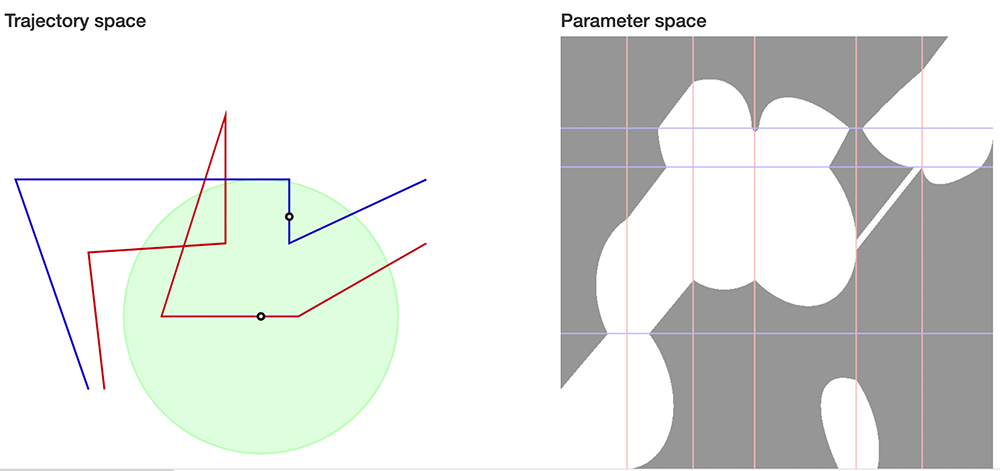Thomas van Dijk
I am an applied algorithms researcher working on geographic information systems (GIS), eco-informatics, information visualisation, historical information, and algorithmically-guided user interaction.
Download full CV as PDF here . Fulltext author's copies of research papers available here .












